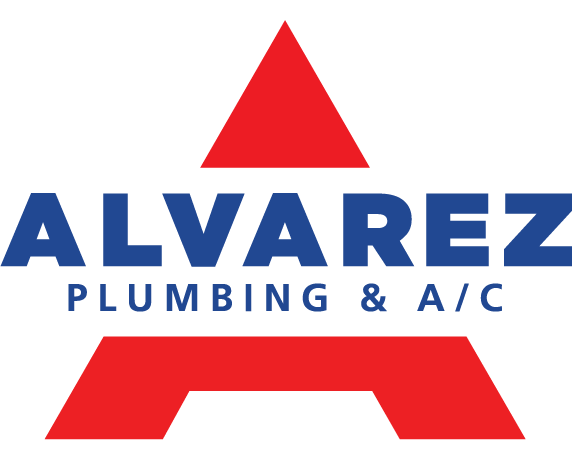There are some pesky things at home that you may be willing to live with. The odd mouse or rat, a lazy lizard, a few flies or the ants. You may be willing to stay put with your now deformed pillow and still be able to find comfort when you mess it up just to have enough fluff and stability. Some things are not that easy to deal with or ignorable. Anything that goes wrong in your bathroom or toilet will not just stress you but leave you worried.
Why does my toilet flush twice?
If your toilet flushes twice, it can be discomforting. One reason for the discomfort is the confusion. No one is really sure of the exact cause the moment a toilet flushes twice. There are many other reasons of course. Hygiene is an issue. Wasting water is almost a sin. A higher water bill could be painful. Then there is the prospect of having a plumbing disaster leading to flooding and water damage. All these are costly consequences.
Let us get to the exact reasons why your toilet may flush twice, even though you have clearly flushed it once.
Understand your toilet
You don’t need to be an expert, but you must know how the all-important toilet works. There is a toilet bowl with a receptacle that is filled with water. Once the toilet is used, you press the flush, which allows water to flow out of the tank or cistern into the bowl. The three gallons of water, which could be more or less depending on the type of cistern and flush you have, will fill up the receptacle and the force of the water will take the waste down the drain pipe into the septic tank. When you press the flush, the flush valve allows water to pour in from the overhead tank. There is a floating ball which gets to the top when the cistern is full and hence, closes the flush valve. There can be variations to this technology but you get the basic idea.
Since there are quite a few parts moving and working to make your toilet and the flush function, any component, not doing its job or doing it wrong, will cause a problem. From leaking cisterns to overflowing toilets, from backing up to double flush, there are myriad types of common issues you can have with your utilitarian fixture.
Causes of double flush
A very old toilet may have this problem simply because of the worn out parts or if some mechanisms are not working as they should. The whole system may fail, or just one component may fail.
The flapper in the system may have gone kaput. The flapper seals the water inside your tank and it doesn’t allow the water to flow unless released. If you have repaired or replaced this flapper anytime soon, if it is damaged for some reason or if you have picked an incompatible flapper, you can have the double flush problem.
The flush valve or the flush lever chain may malfunction. The chain is often called a lift handle. The lift handle is tasked with lifting the flapper. When you press flush, the lever chain lifts the flapper and the toilet gets flushed. This lift handle may lift the flapper twice. The flapper may take a long time to get back to its sealing position, which will allow much more water to flow than the toilet is designed for.
The flush valve may allow too much water to flow in, which will increase the pressure in the flush tank or cistern and you would have a toilet that gets flushed twice.
Remedies
Once you have a double flush problem, you need to replace the faulty part. You may or may not be sure what is wrong with the system, so it is better to call us. If your toilet is within the warranty period, then act accordingly. If the warranty is over, then we can inspect the toilet and all the components. Once the faulty component is figured out, it must be replaced. The components rarely get repaired. If there are too many problems, you may want to replace the specific unit. For instance, you may have to replace the cistern.
Whether you have the double flush issue or not, you must maintain the toilet and ensure that the cistern along with the flush is used as recommended by the manufacturer. Don’t allow more water to flow into the cistern. Set the inlet valve at the optimum level to allow enough water in but not at great force. Excess pressure of water flowing into the cistern will damage the valves and flappers inside. If you have a dual flushing toilet, then you must be all the more careful with its configurations and how to best use it.



Recent Comments